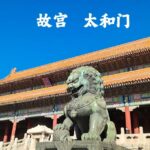The Great Wall of China, one of the seven wonders of the world and a glorious symbol of traditional Chinese culture, stretches over 21,000 kilometers across 15 provinces, autonomous regions, and municipalities, including Beijing, Tianjin, and Hebei.
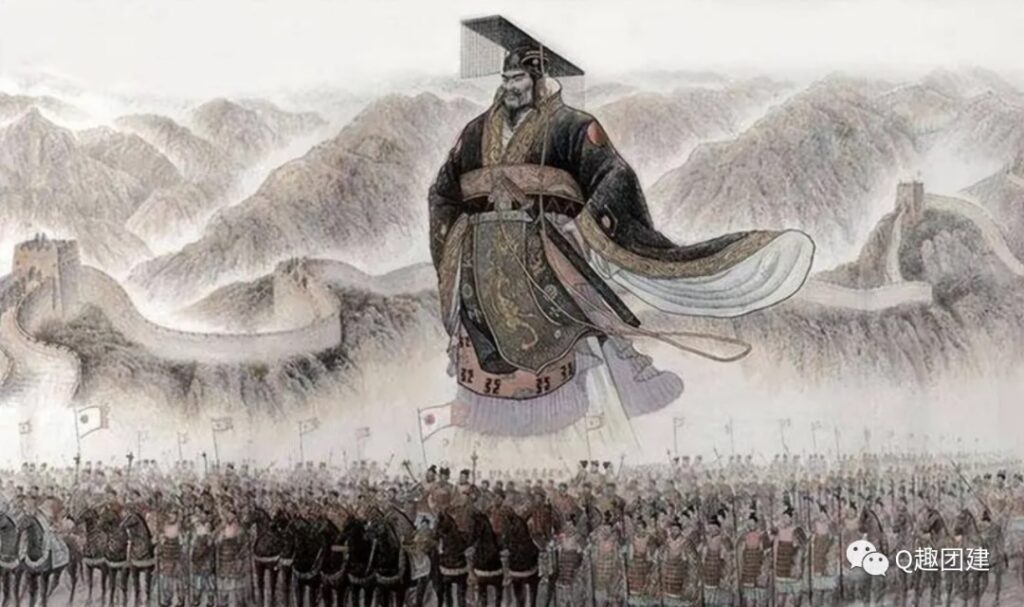
The Great Wall is not only the longest-running and largest-scale ancient defense project in China but also in the world. Its construction began during the Western Zhou Dynasty and continued for more than 2,000 years, spanning vast lands in northern and central China, with a total length of over 20,000 kilometers.
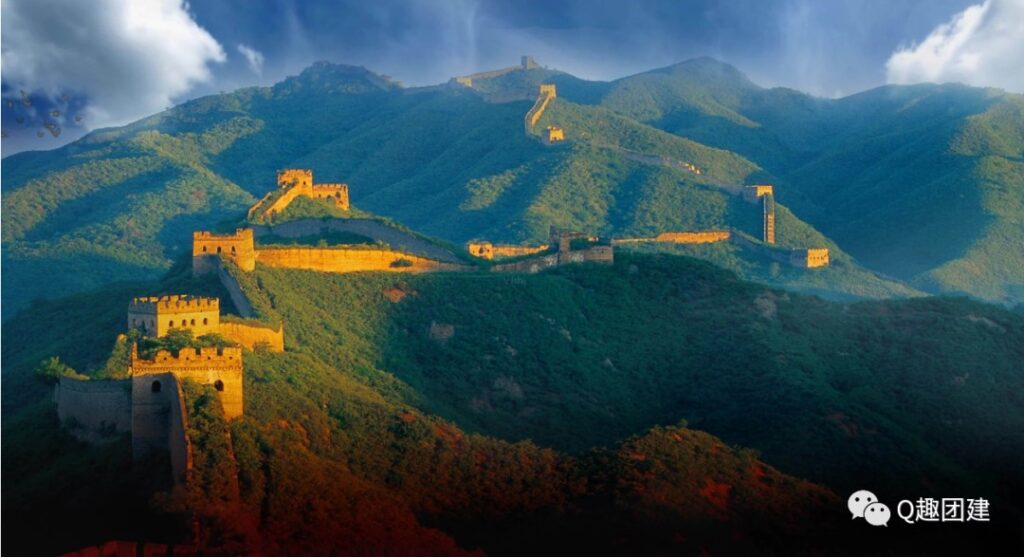
Standing atop the Great Wall, one can marvel at the ancient battlefield’s grandeur and the passage of time, while also admiring the present-day beautiful rivers and mountains stretching endlessly, evoking an indescribable sense of exhilaration. Today, we will introduce you to some of the most worthwhile ancient Great Wall sections to climb in China.
1.Mutianyu Great Wall Scenic Area, Beijing
The Mutianyu Great Wall, located in Mutianyu Village, Bohai Town, Huairou District, Beijing, is a national 5A-level scenic spot. With a total length of 5,400 meters, it is the longest section of the Great Wall in China. It is renowned as “the most outstanding section of the Great Wall” and is one of Beijing’s sixteen famous scenic spots.
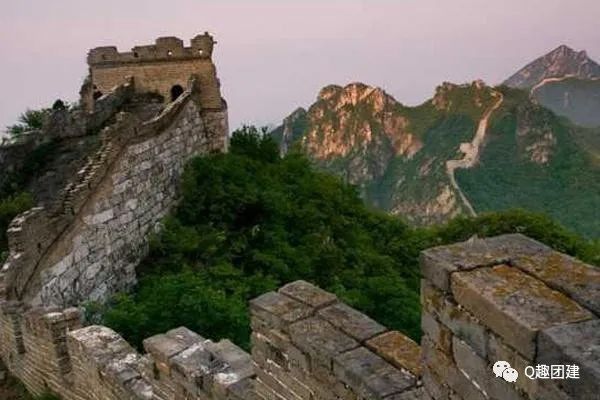
The construction of the Mutianyu Great Wall has a unique style, with three enemy towers standing together on a main platform, which is rare along the Great Wall. On the northwest side, there are Great Wall landscapes commonly known as “Ox Horn Edge,” “Arrow Nock,” and “Flying Eagle Lookout.”
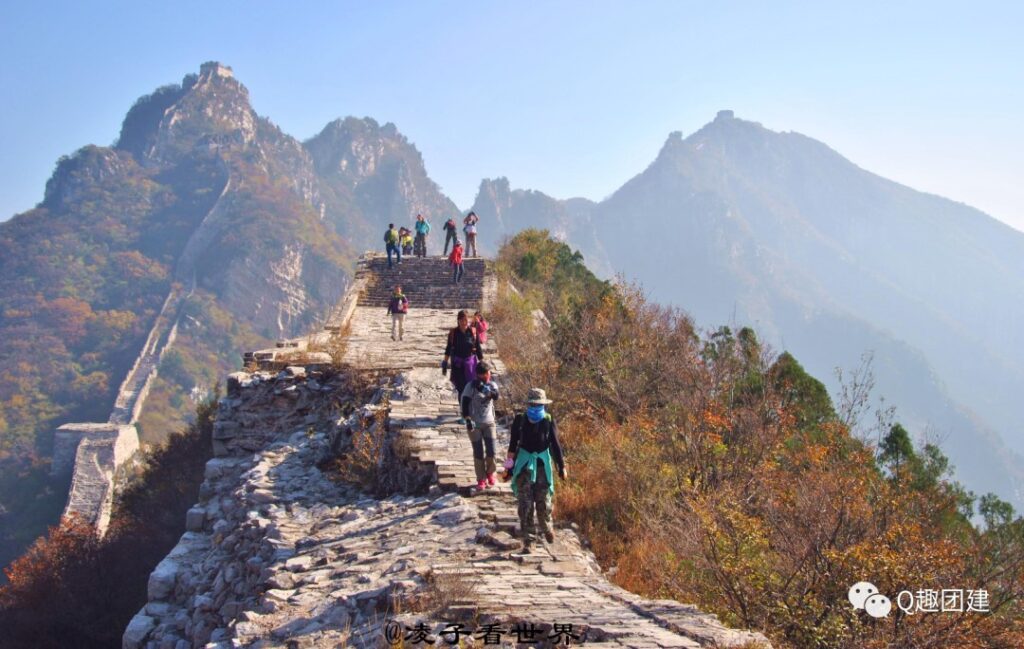
When climbing this section of the Mutianyu Great Wall, keep the following in mind:
- Due to severe weathering, many parts of the Arrow Nock section have collapsed, adding difficulty to the climb. It is best to form a team of 5-6 people for safety.
- If you want to walk along the entire wall, avoid carrying heavy luggage. You can descend and stay overnight, then climb again the next day.
2.Simatai Great Wall Scenic Area, Beijing
The Simatai Great Wall is built along steep and precipitous mountain ranges, renowned for its uniqueness, peculiarity, and perilousness. The Simatai Reservoir divides the Great Wall into eastern and western sections. The eastern section has 16 beauty towers, while the western section has 18 hero memorial towers.
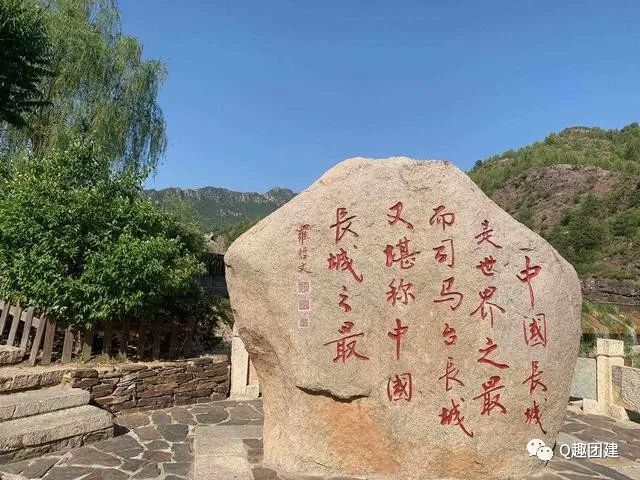
It is the only section of the Great Wall in China that retains its original appearance from the Ming Dynasty and has been designated as the “Original Great Wall” by UNESCO.
The Simatai Great Wall is 5.4 kilometers long with 35 enemy towers. The entire section is ingeniously conceived, uniquely designed, innovatively structured, and diverse in shape, making it the epitome of the Great Wall. In 2012, it was ranked as the “World’s Top 25 Must-See Scenic Spots” by The Times, a British newspaper.

The renowned Chinese ancient architecture expert Luo Zhewen once commented, “The Great Wall of China is the world’s greatest, and the Simatai Great Wall can be considered the greatest of China’s Great Wall.”
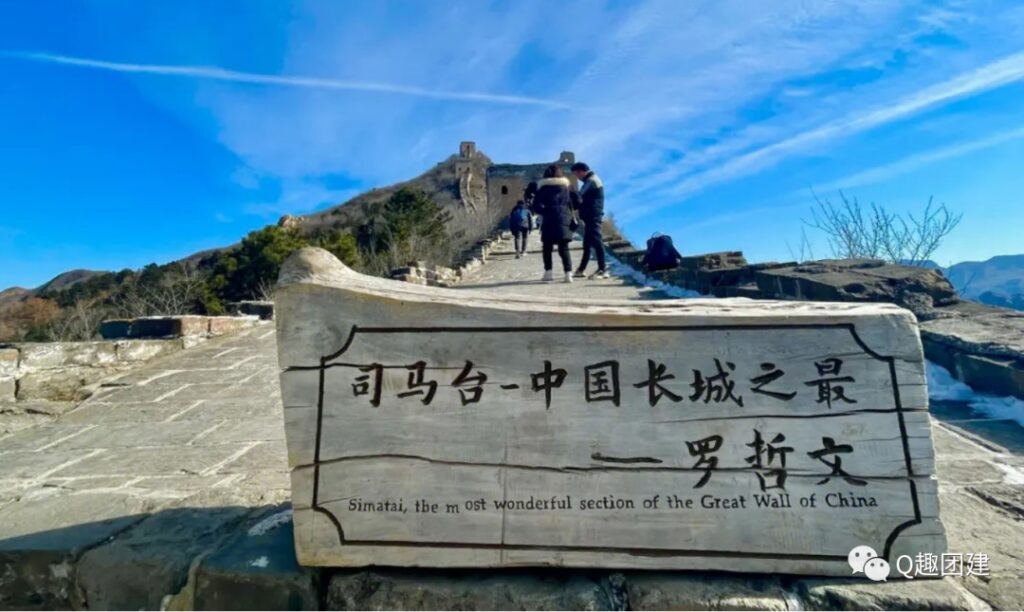
3.Badaling Great Wall Scenic Area, Beijing
The Badaling Great Wall, located at the northern entrance of the ancient Guangou Road in Jundu Mountain, Yanqing District, Beijing, is a national 5A-level scenic spot. In 1986, it was named the top ten scenic spots in China, and in 2007, it was ranked as the first of the New Seven Wonders of the World.
The Badaling Great Wall is the quintessence and outstanding representative of the Great Wall. It was the earliest section opened to visitors and is also the best-preserved, so it is understandable that it attracts many tourists.
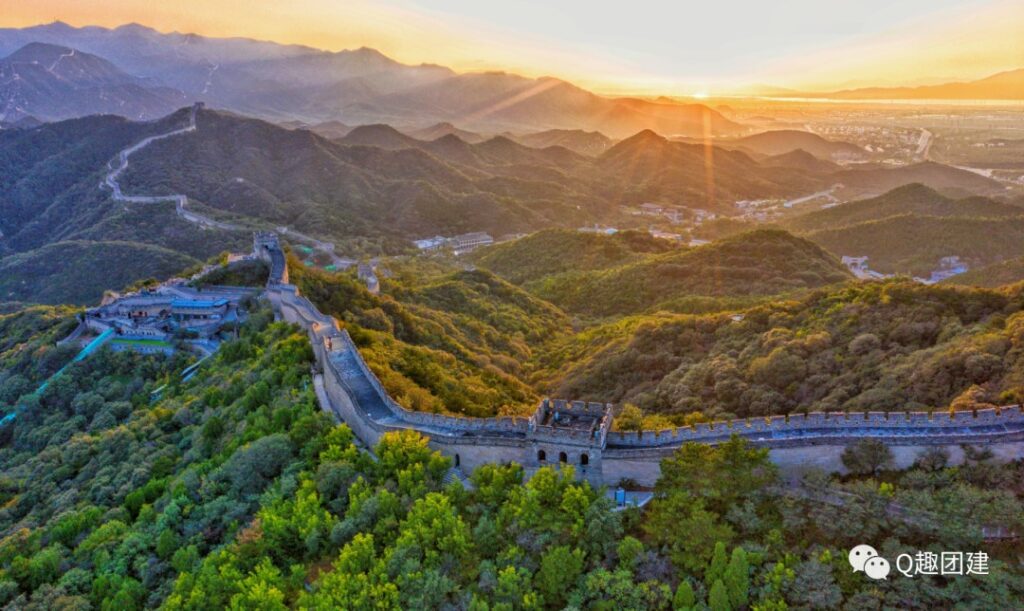
The Badaling Great Wall Scenic Area consists of the China Great Wall Museum, the ancient Great Wall, ancient cliff dwellings, and the Shuiguan Great Wall. It includes numerous attractions such as the Wangjing Stone, Tianxian Liuti, Tanqin Gorge, Chadao City, Great Wall enemy towers, ancient Great Wall cannons, and the Haohan Slope.
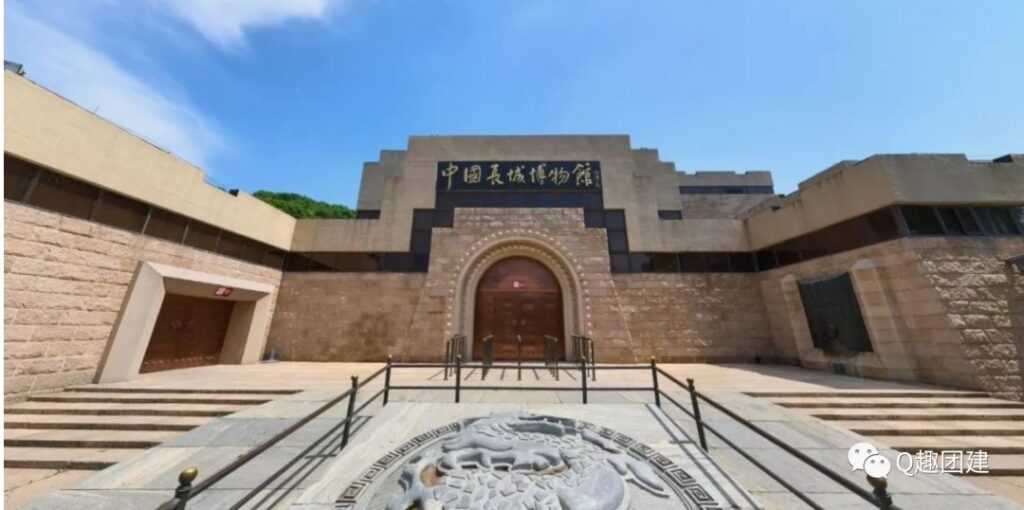
At the top of the Haohan Slope, there is a Haohan Stele inscribed with a poem written by Chairman Mao: “He who has never been to the Great Wall is not a true man.”

4.Dajingmen Scenic Area, Hebei Province
Dajingmen is located in Qiaoxi District, Zhangjiakou City. It is a national 4A-level scenic spot and one of the four major passes along the Great Wall of China. In China, the passes of the Great Wall are usually named “Guan” or “Kou,” but only this pass in Zhangjiakou is called “Jingmen,” meaning the gate of the border.
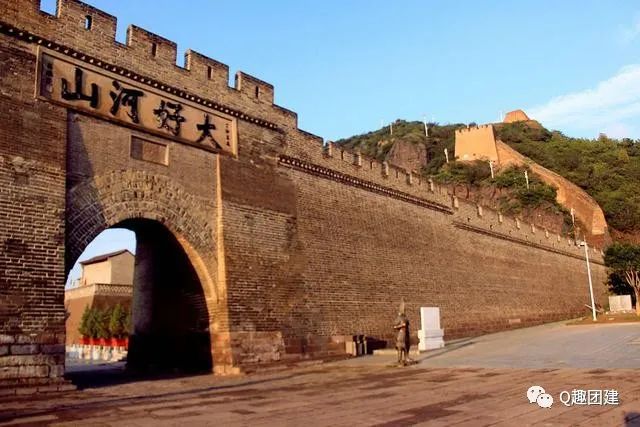
The scenic area mainly features distinctive attractions such as the Ming Dynasty Great Wall on Xitaiping Mountain, the Northern Wei Dynasty Great Wall on Xitaiping Mountain, Xiaojingmen, Dajingmen, Erlang Temple, Guan Di Temple, stone carvings, and the Yongshun Gate of Laiyuan Fortress.
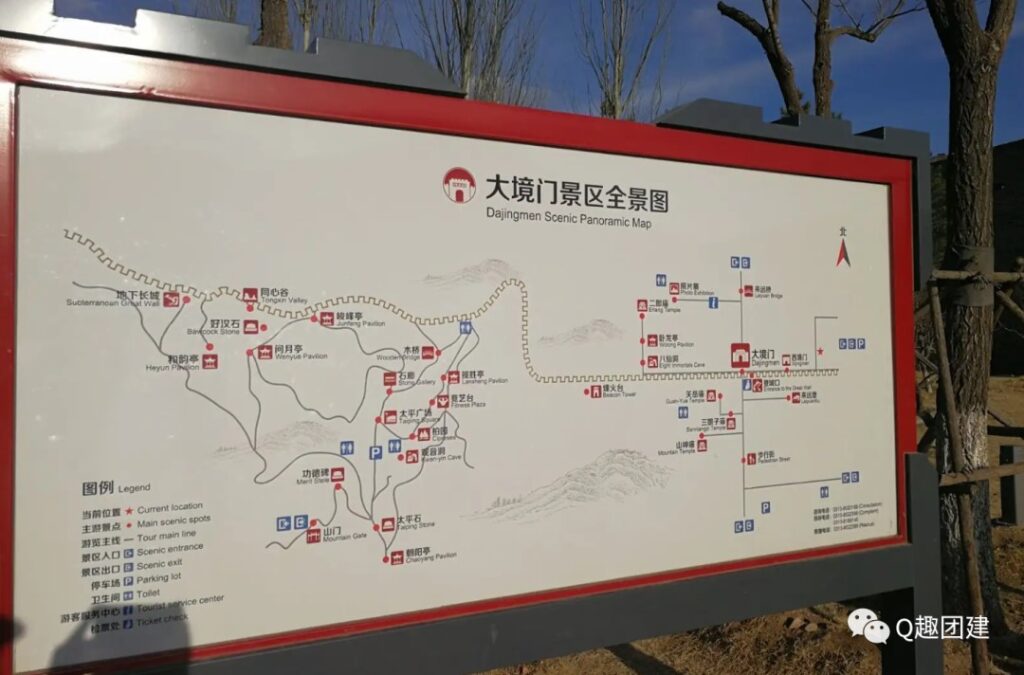
5.Jinshanling Great Wall Scenic Area, Hebei Province
The Jinshanling Great Wall, located on the Dajinshan and Xiaojinshan mountains in Bakeshiying, Luanping County, Hebei Province, is a national 5A-level scenic spot and an essential part of the Ming Dynasty Great Wall.
In the first year of the Longqing reign (1567) of the Ming Dynasty, Qi Jiguang, while guarding the northern frontier, continued to build numerous enemy towers and battle platforms, making this section the most complex and densely towered part of the Great Wall.
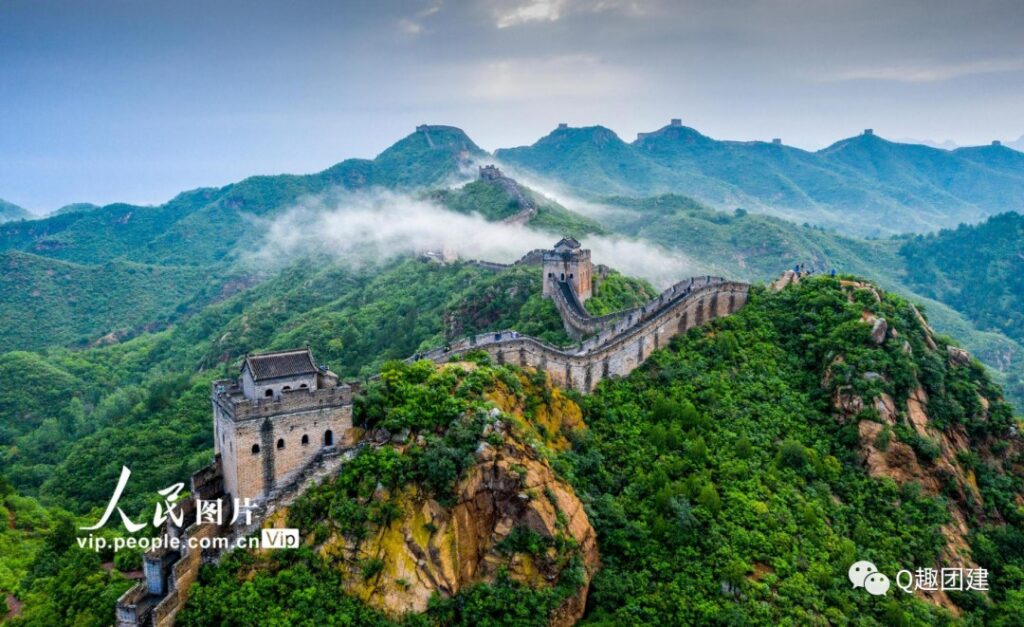
The architectural form of the Jinshanling Great Wall varies according to the terrain, with each tower having its unique style. The enemy towers are constructed with brick and wood or brick and stone, while the tower foundations are square, round, or flat. The tower tops come in various shapes, such as boat-shaped, domed, quadrilateral, and octagonal pointed tops.
The main structures include the Fairy Tower, Storehouse Tower, Dajinshan and Xiaojinshan Towers, Hollow Platform, Dahu Top Tower, and Wangjing Tower. The rich and diverse architectural forms of the Jinshanling Great Wall are unmatched by other sections of the Great Wall.

As the most well-preserved section of the Ming Dynasty Great Wall, the Jinshanling Great Wall has profound archaeological value and is of great significance for studying the history of the Ming Dynasty in China and the life of Qi Jiguang.
In 1988, the Jinshanling Great Wall was announced by the State Council of the People’s Republic of China as a key cultural relic protection unit of the third batch.
6.Shanhaiguan Scenic Area, Hebei Province
The Shanhaiguan Scenic Area, located at No. 1 East Street, Shanhaiguan District, Qinhuangdao City, is a national 5A-level scenic spot. Shanhaiguan, formerly known as Yuguan or Youguan, is also called Linlueguan. It is named Shanhaiguan because it is backed by the Yanshan Mountains in the north and connects to the Bohai Sea in the south.
Shanhaiguan gathers the essence of China’s ancient Great Wall and is known as the “First Pass under Heaven.” It echoes the Jiayuguan Pass thousands of miles away and is world-famous.
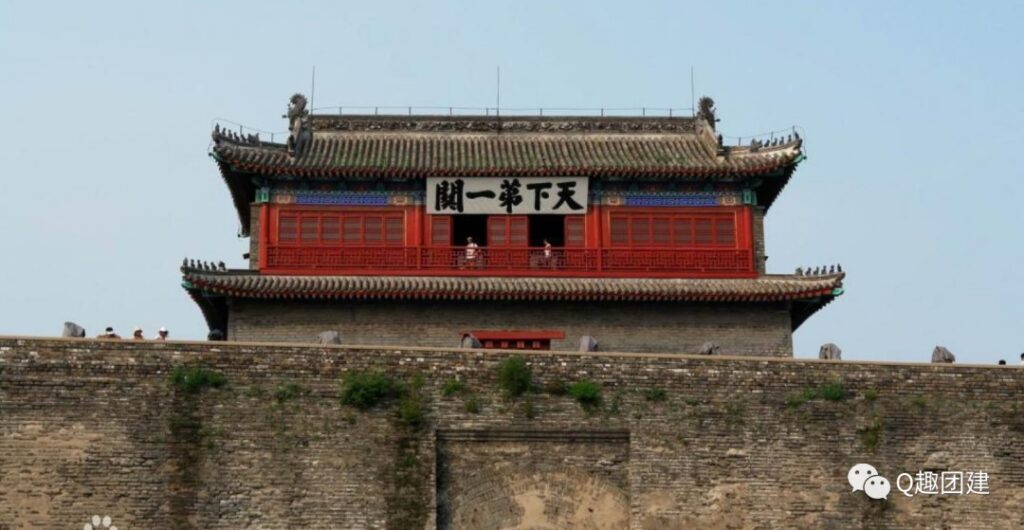
The Shanhaiguan Scenic Area includes numerous attractions such as the First Pass, Wang Family Compound, Laolongtou, Meng Jiangnu Temple, Great Wall Museum, Ledao Ocean World, Jiao Mountain, Changshou Mountain, and the Lieutenant General’s Mansion.
This section of the Great Wall at Shanhaiguan has witnessed many stories of joy and sorrow, and noteworthy events. The saying “in a fit of anger, he threw his official’s hat for the sake of a beauty” is said to have originated here, and the construction of the Meng Jiangnu Temple is related to the folk story “Meng Jiangnu Crying over the Great Wall.”
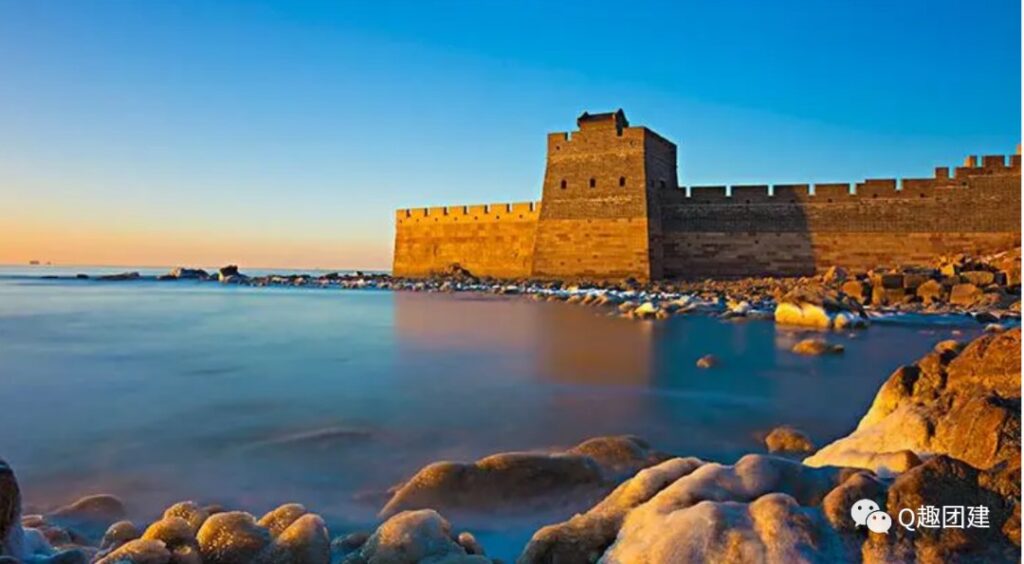
In 2001, the State Council listed Shanhaiguan as a national historical and cultural city tourism area. The six major scenic spots, including “Laolongtou,” “Meng Jiangnu Temple,” “Jiao Mountain,” and “First Pass under Heaven,” were opened to Chinese and foreign tourists, gaining fame both at home and abroad.
7.Qingshanguan Scenic Area, Hebei Province
Qingshanguan is located in the northern part of Qianxi County, Tangshan City. It is a national 4A-level scenic spot and is home to the only preserved lifting water gate on the Great Wall.
While Shanhaiguan is the first pass under heaven, the Qingshanguan water gate is the first gate of the Great Wall and the only well-preserved lifting water gate along the entire Great Wall.
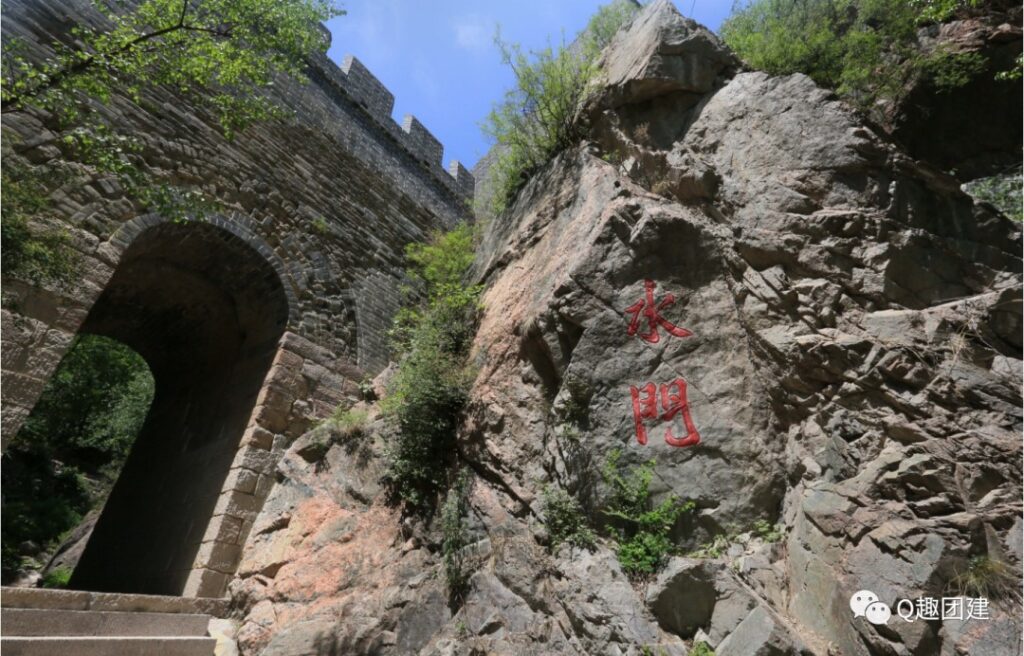
The scenic area features numerous attractions such as the ancient castle, Qingshanguan Great Wall, Prison Tower, Seventy-Two Bond Tower, Moon Tower, Eight Peaks, Taiping Pine, Bandao Well, and Qingshanguan Water Gate. Following Fengdong Road southward to Jinchangyu and then eastward to Dalingzhai, visitors can see the “Left Three Kilns,” which are known as the first kilns of the Great Wall.

The Qingshanguan city wall is 1.8 zhang high, the city gate is 1.4 zhang, and the circumference is 166.9 zhang. It was first built during the Ming Dynasty’s Wanli period and has a history of 500 years. Despite experiencing wind erosion, rain corrosion, and the ravages of war, it remains relatively well-preserved.
The city is majestic and impressive, with an ancient charm and a strong border defense culture and folk customs. Some descendants of the ancient soldiers who were stationed here still reside within the fortress. For hundreds of years, their production and daily life activities have reflected the legacy of their ancestors.
8.Jiayuguan Scenic Area, Gansu Province
Jiayuguan is located in the middle of the narrowest valley 5 kilometers west of Jiayuguan City. It is a national 5A-level scenic spot. Jiayuguan was a strategic transportation fortress on the ancient Silk Road, also known as the First and Most Powerful Pass under Heaven, and one of the three great wonders of the Great Wall of China (Shanhaiguan in the east, Zhenbeitai in the center, and Jiayuguan in the west).
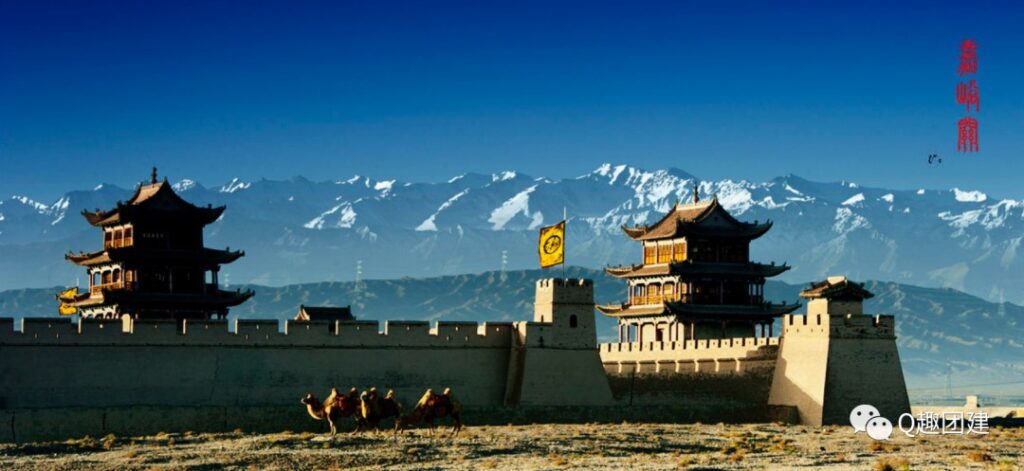
The main attractions of the Jiayuguan Scenic Area include the Jiayuguan Pass, the Suspended Wall, the First Beacon Tower of the Great Wall, the Wei and Jin Tombs, the Heishan Rock Carvings, the Mulan City, the “July 1” Glacier, and the Gliding Base.
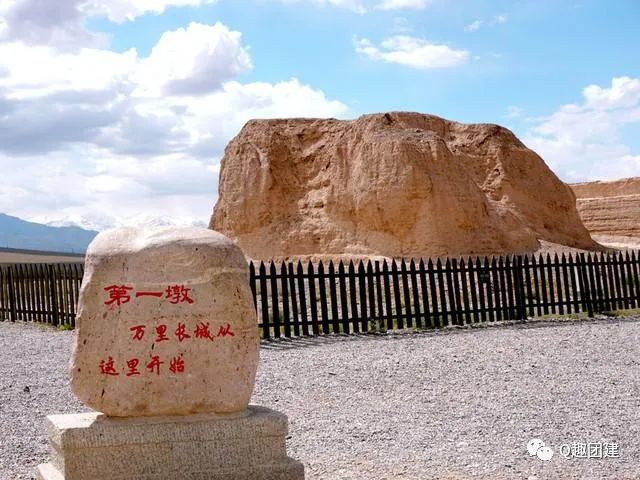
Jiayuguan, known as the “First and Most Powerful Pass under Heaven,” has city walls on both sides that traverse the desert and Gobi, connecting to the Heishan Suspended Wall in the north and the First Beacon Tower in the south. It is the westernmost pass of the Ming Dynasty Great Wall and was historically known as the throat of Hexi.
Jiayuguan was a strategic transportation fortress on the ancient “Silk Road” and one of the three great wonders of the Great Wall of China (Shanhaiguan in the east, Zhenbeitai in the center, and Jiayuguan in the west).
9.Yanmenguan Scenic Area, Shanxi Province
Yanmenguan is located in the Yanmen Mountains, about 20 kilometers north of Dai County, Xinzhou City. It is a national 5A-level scenic spot. Yanmenguan is an important pass on the Great Wall, famous for its “perilous” location. It is known as the “First Pass of China” and is said to be “the first of the nine strategic passes under heaven.” Together with Ningwuguan and Pianguan, they are collectively called the “Outer Three Passes.”
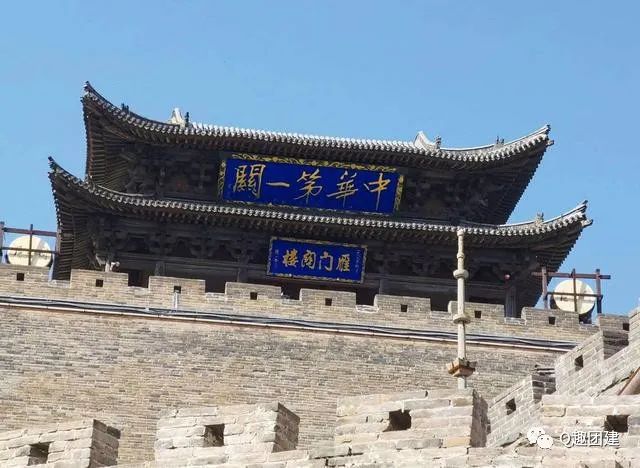
The Yanmenguan Scenic Area is a tourist area featuring frontier culture, Great Wall culture, and pass culture, with the historical remains and sites of the Yanmenguan military defense system as the main scenic resources.
The main historical remains include the Shidao Stone, the place where Ma Gong killed a tiger, the Qianyaopu Post Station, the Houyaopu Post Station, the Yanjing Memorial Archway, the Yanmenguan Fork, and the Yanmenguan Great Wall.
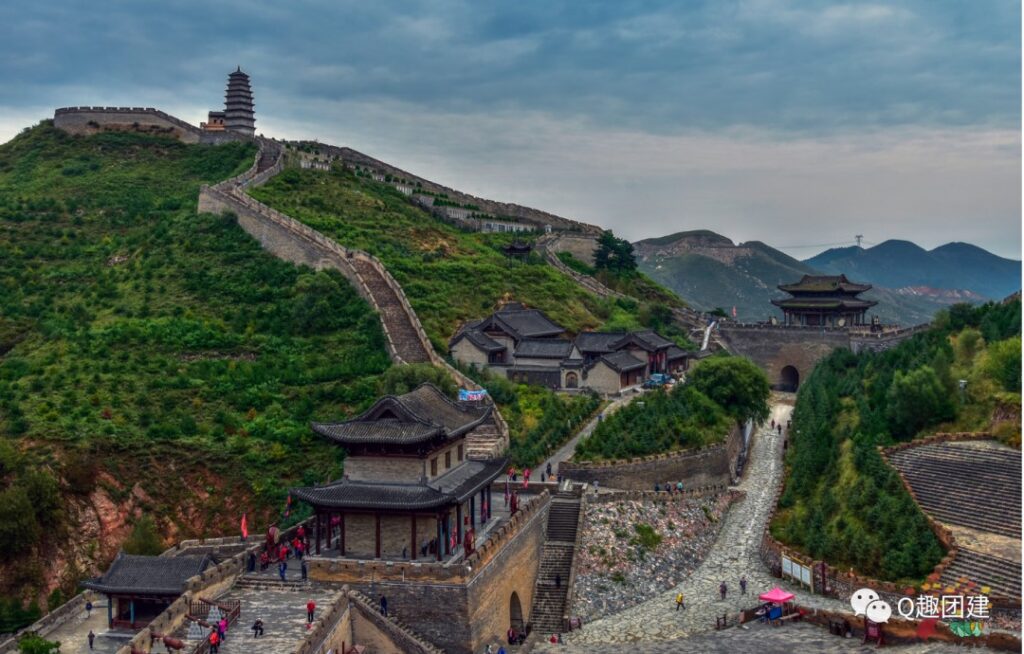
In 2001, Yanmenguan was announced by the State Council of the People’s Republic of China as one of the fifth batch of national key cultural relic protection units.
10.Huangyaguan Great Wall Scenic Area, Tianjin
The Huangyaguan Great Wall is located in the lofty mountains 28 kilometers north of Jizhou District, Tianjin. Historically, there were eighteen guard towers in Jizhou City, and Huangyaguan was one of them and the most important pass. It is a national 4A-level scenic spot and was selected as one of the “Ten Scenes of Tianjin” in 1990.
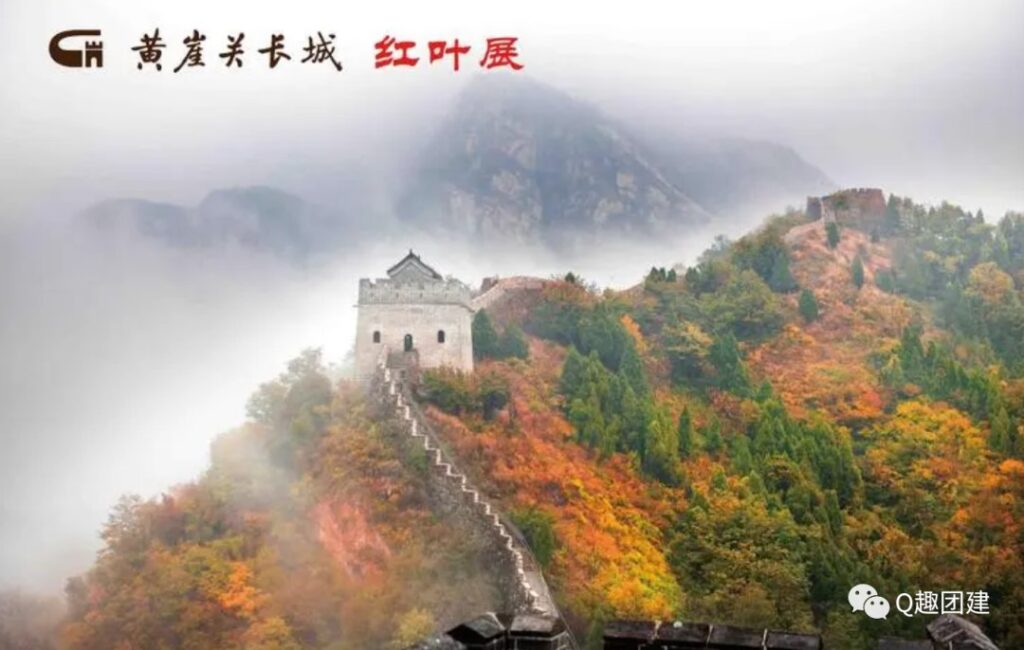
The Huangyaguan Pass consists of the main pass, water pass, east and west minor cities, and beacon towers. The water pass is a bridge-like structure with battlements on top and an arched water tunnel underneath. It is the only water pass in the entire Great Wall.
The main attractions include the Huangyakou Pass, Eight Diagrams Maze, Widow’s Tower, Taiping Village, Longevity Garden, Great Wall Observation Deck, Mao Zedong’s Poetry Inscription Steles, and the museum.
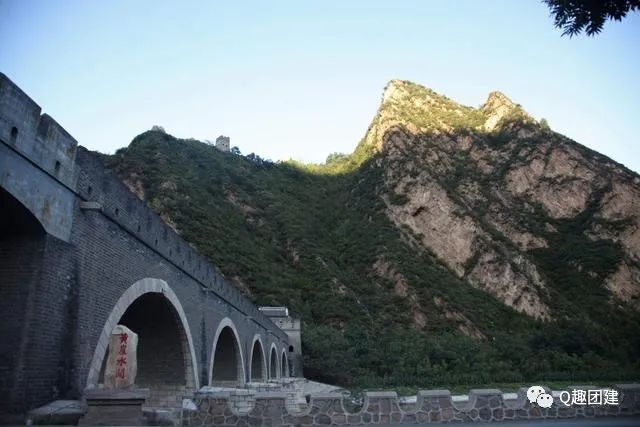
11.Jiumenkou Scenic Area, Liaoning Province
Jiumenkou is located in Xintaizi Village, Lijiabao Township, Suizhong County, Huludao City. It is a national 4A-level scenic spot.
Jiumenkou is 1,704 meters long, and the city bridge is 97.4 meters long, spanning the Jiujiang River. It forms a unique landscape of “the city walks on water, and water flows under the city,” and is known as the “Great Wall on Water.”
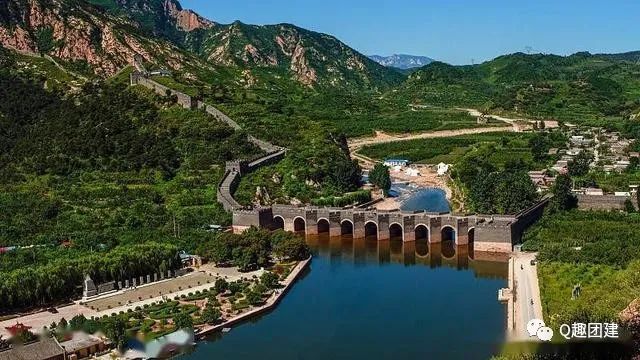
The Great Wall tunnel is the coolest place in Jiumenkou, with a total length of one kilometer. Inside the tunnel, visitors can see stone room facilities such as drill rooms, kitchens, command rooms, and armories. The exit leads directly outside the Great Wall.
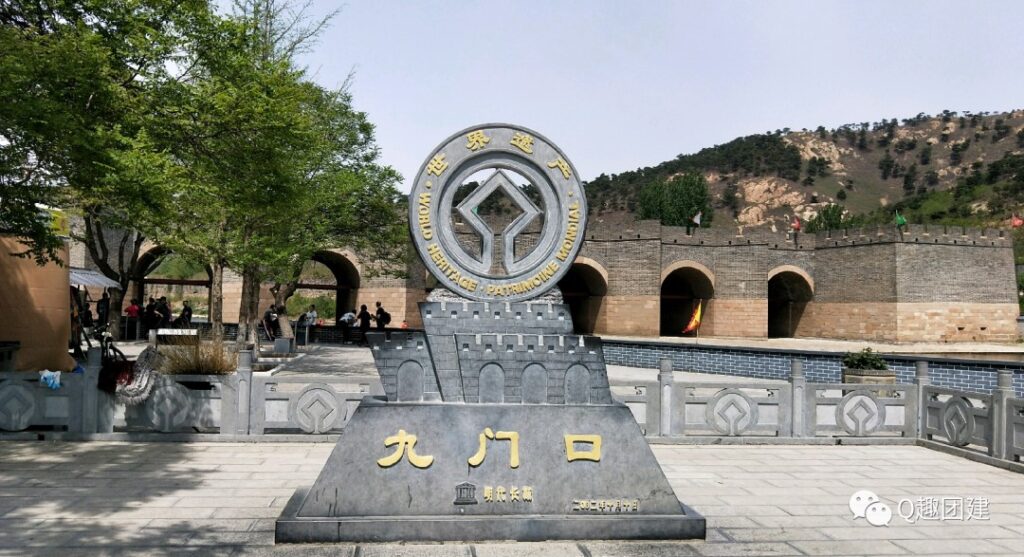
Jiumenkou, originally called Yipianshi Pass, was an important pass of the Jizheng Great Wall in the Ming Dynasty. It is located at the junction of Liaoning and Hebei provinces and has been an important transportation hub since ancient times. It is the throat connecting the Northeast to the Central Plains and was built by the Ming Dynasty to strengthen military defense in the east of Beijing.
12.Hushan Great Wall Scenic Area, Liaoning Province
The Hushan Great Wall is located on the banks of the Yalu River, fifteen kilometers east of Dandong City. It is an important scenic spot in the national-level Yalu River Scenic Area, facing Ujido Island and the ancient city of Uiju in North Korea across the river. It is an excellent tourist destination.
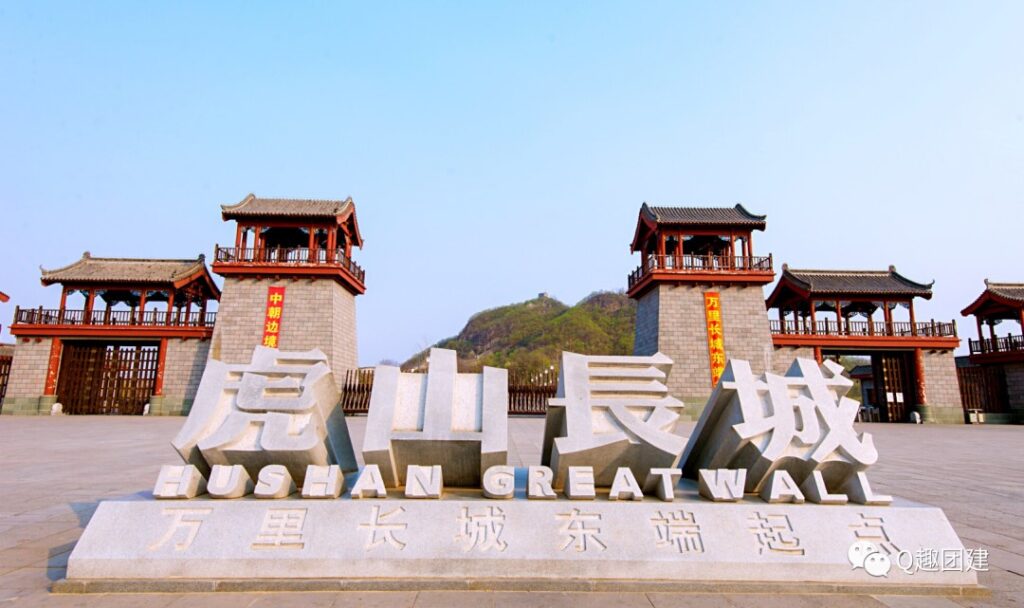
The scenic area includes well-known attractions such as the Hushan Great Wall, the eastern starting point of the Ming Dynasty Great Wall, the “One Step Across” Sino-Korean border, the Sleeping Guanyin Thousand-Meter Plank Road, the Great Wall History Museum, and the ancient plank road ruins. It is a scenic area themed on ancient military cultural tourism, featuring Sino-Korean border tourism and red tourism.

The Hushan Great Wall in the scenic area was first built in the fifth year of the Chenghua reign of the Ming Dynasty (1469 AD). Its main function at that time was to defend against the invasion of the Jianzhou Jurchen people.
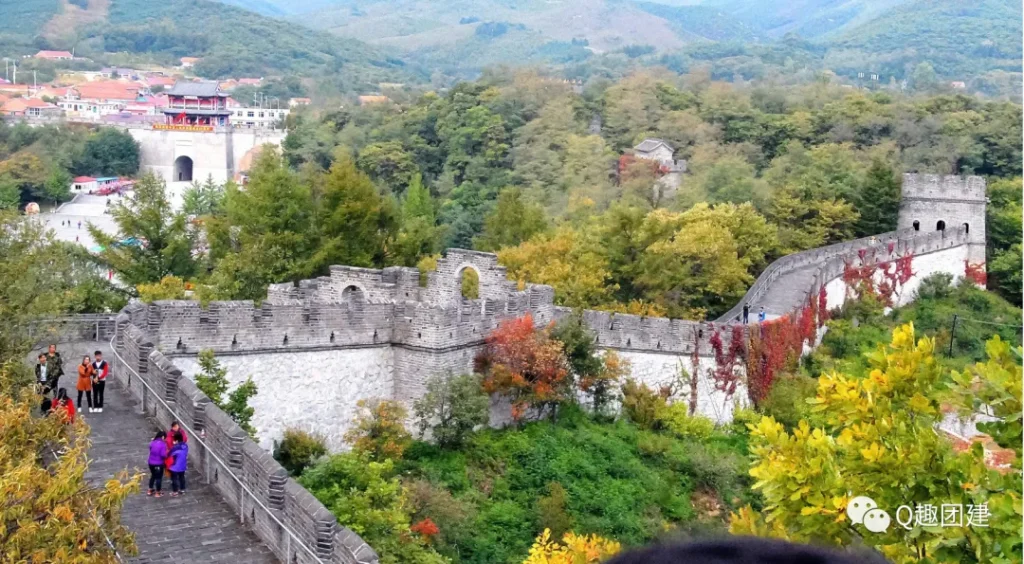
Of course, apart from the above 12 well-known Great Wall scenic spots, there are many other Great Wall attractions, such as the Wohushan Great Wall, Panlongshan Great Wall, Shixiaguan Great Wall, Dazhenyuguan Great Wall, Bailing Pass Great Wall, Jiaoshan Great Wall, Jiankou Great Wall, and more.
Since the Qin Dynasty, almost every dynasty that ruled the Central Plains region built the Great Wall to varying degrees. The Han, Jin, Northern Wei, Eastern Wei, Western Wei, Northern Qi, Northern Zhou, Sui, Tang, Song, Liao, Jin, Yuan, Ming, and Qing dynasties all constructed the Great Wall on different scales.
According to the historical environment at the time, the Great Wall ensured the consolidation of border defense and national security, providing a stable environment for agricultural production in the Central Plains, as stated in “Guoqin Lun”: “Repelling the Xiongnu for more than 700 li, the Hu people dare not go south to graze horses, and the soldiers dare not bend their bows and embrace grievances.”

Due to the long history, most of the Great Walls from earlier dynasties are incomplete. The best-preserved Great Wall is the one built in the Ming Dynasty. Therefore, when people generally refer to the Great Wall, they mean the Ming Great Wall, and the length of the Great Wall also refers to the length of the Ming Great Wall.
On April 18, 2009, the State Administration of Cultural Heritage and the National Administration of Surveying, Mapping and Geoinformation jointly announced that the Ming Great Wall starts from Hushan in Liaoning in the east and ends at Jiayuguan in Gansu in the west. It spans 156 counties in ten provinces (autonomous regions and municipalities directly under the Central Government), including Liaoning, Hebei, Tianjin, Beijing, Shanxi, Inner Mongolia, Shaanxi, Ningxia, Gansu, and Qinghai, with a total length of 8,851.8 kilometers. It passes through 359.7 kilometers of trenches and 2,232.5 kilometers of natural barriers.

